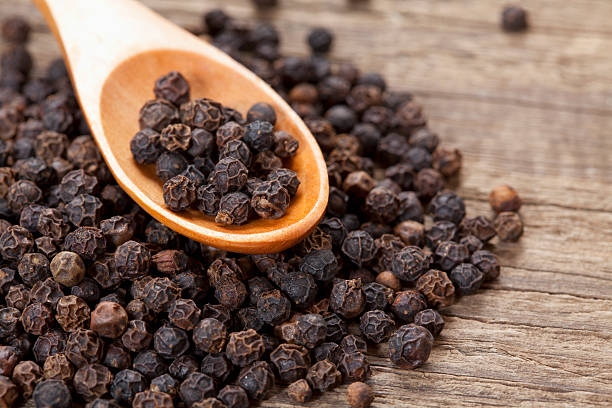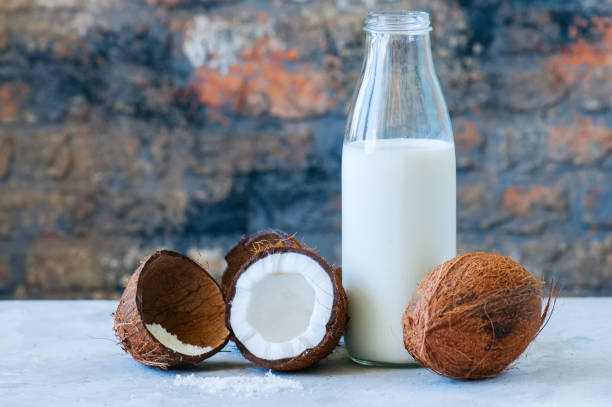The Remarkable Benefits of Rosemary
Rosemary, a fragrant herb with a rich history dating back to ancient times, is renowned not only for its culinary allure but also for its myriad health benefits. From supporting cognitive function to boosting immunity, rosemary has earned its place as a revered botanical treasure. Let's delve into the remarkable benefits that this versatile herb offers.
It's imperative to highlight the significance of seeking advice from a healthcare professional
1. Cognitive Enhancement:
One of the most celebrated benefits of rosemary is its ability to enhance cognitive function and memory. Compounds found in rosemary, such as carnosic acid and rosmarinic acid, have been shown to stimulate brain activity, improve concentration, and protect against age-related cognitive decline. Incorporating rosemary into your diet or using rosemary essential oil for aromatherapy may help sharpen mental clarity and focus.
. Antioxidant Powerhouse:
Rosemary is packed with potent antioxidants, including rosmarinic acid and carnosol, which help neutralize free radicals and reduce oxidative stress in the body. Regular consumption of rosemary may help protect cells from damage, lower the risk of chronic diseases such as cancer and heart disease, and promote overall longevity.
3. Anti-inflammatory Properties:
Studies have demonstrated that rosemary contains anti-inflammatory compounds that can help alleviate inflammation and pain associated with conditions like arthritis, asthma, and allergies. Incorporating rosemary into your diet or using rosemary-infused oils topically may provide relief from inflammatory symptoms and promote joint health.
mmune Support:
Rosemary is rich in vitamins and minerals that support immune function, including vitamin C, vitamin A, and manganese. Its antimicrobial properties can help fight off infections and strengthen the body's natural defense mechanisms. Adding rosemary to your meals or brewing rosemary tea can help fortify your immune system and keep illnesses at bay.
5. Digestive Aid:
Traditionally used to support digestion, rosemary stimulates the production of digestive enzymes and bile, which aids in the breakdown of food and facilitates nutrient absorption. Drinking rosemary tea or adding fresh rosemary to culinary dishes may help alleviate indigestion, bloating, and gastrointestinal discomfort.
ssential oil or incorporating it into aromatherapy practices can help reduce stress, anxiety, and fatigue, uplifting both the mind and spirit.
7. Hair and Scalp Health:
Rosemary is cherished for its beneficial effects on hair and scalp health. It stimulates blood circulation to the scalp, promoting hair growth and preventeing hair loss. Rosemary-infused hair rinses or essential oil treatments can nourish the scalp, strengthen hair follicles, and impart shine and vitality to the hair.
Incorporating Rosemary into Your Routine:
Adding rosemary to your daily routine is simple and rewarding. Fresh rosemary can be used to flavor a variety of dishes, including roasted meats, vegetables, soups, and sauces. Alternatively, dried rosemary can be sprinkled over salads, pizzas, or infused into oils and vinegars. Rosemary essential oil can also be diffused aromatically or diluted and applied topically for therapeutic benefits.
Rosemary is a versatile herb that can enhance a wide range of dishes. Here are some examples:
1. Roasted Meats: Rosemary pairs exceptionally well with roasted meats such as chicken, lamb, pork, and beef. Simply sprinkle chopped rosemary leaves over the meat before cooking or add whole sprigs for a fragrant infusion of flavor.
2. Vegetables: Roasted or grilled vegetables benefit from the addition of rosemary. Toss vegetables like potatoes, carrots, zucchini, or mushrooms with olive oil and minced rosemary before cooking to elevate their taste.
3. Soups and Stews: Rosemary adds depth and complexity to soups and stews. Add a few sprigs of rosemary to simmering broth or stew to infuse it with its aromatic flavor. Just remember to remove the sprigs before serving.
4. Breads and Rolls: Fresh or dried rosemary can be incorporated into bread dough or roll dough to create savory, aromatic loaves or rolls. Rosemary focaccia bread is a classic example of this usage.
Potato Dishes: Rosemary and potatoes are a classic combination. Add minced rosemary to mashed potatoes, roasted potatoes, or potato gratin for a flavorful twist.
1. Marinades : Create marinades for meats and vegetables using rosemary along with other herbs and spices. Combine minced rosemary with garlic, olive oil, salt, and pepper for a simple yet delicious marinade.
2. Infused Oils and Vinegars: Infuse olive oil or vinegar with rosemary to create aromatic condiments for salads, marinades, or dipping. Simply add fresh rosemary sprigs to a bottle of oil or vinegar and let it steep for a few weeks to develop flavor.
3. Pasta and Risotto: Incorporate minced rosemary into pasta sauces or risotto for an herby flavor boost. It pairs particularly well with creamy sauces and earthy ingredients like mushrooms.
4. Grilled or Roasted Fish: Rosemary can enhance the flavor of grilled or roasted fish dishes. Simply place whole rosemary sprigs on top of fish fillets or add minced rosemary to marinades or seasoning blends.
5. Infused Butter: Mix minced rosemary into softened butter to create a flavorful herb butter. Use it to top cooked meats, vegetables, or spread it on bread for a delicious accompaniment.
These are just a few ideas, but the possibilities are endless when it comes to cooking with rosemary. Feel free and get creative with incorporating this aromatic herb into your favorite dishes.
ENJOY!!
-THRY-

.jpg)





